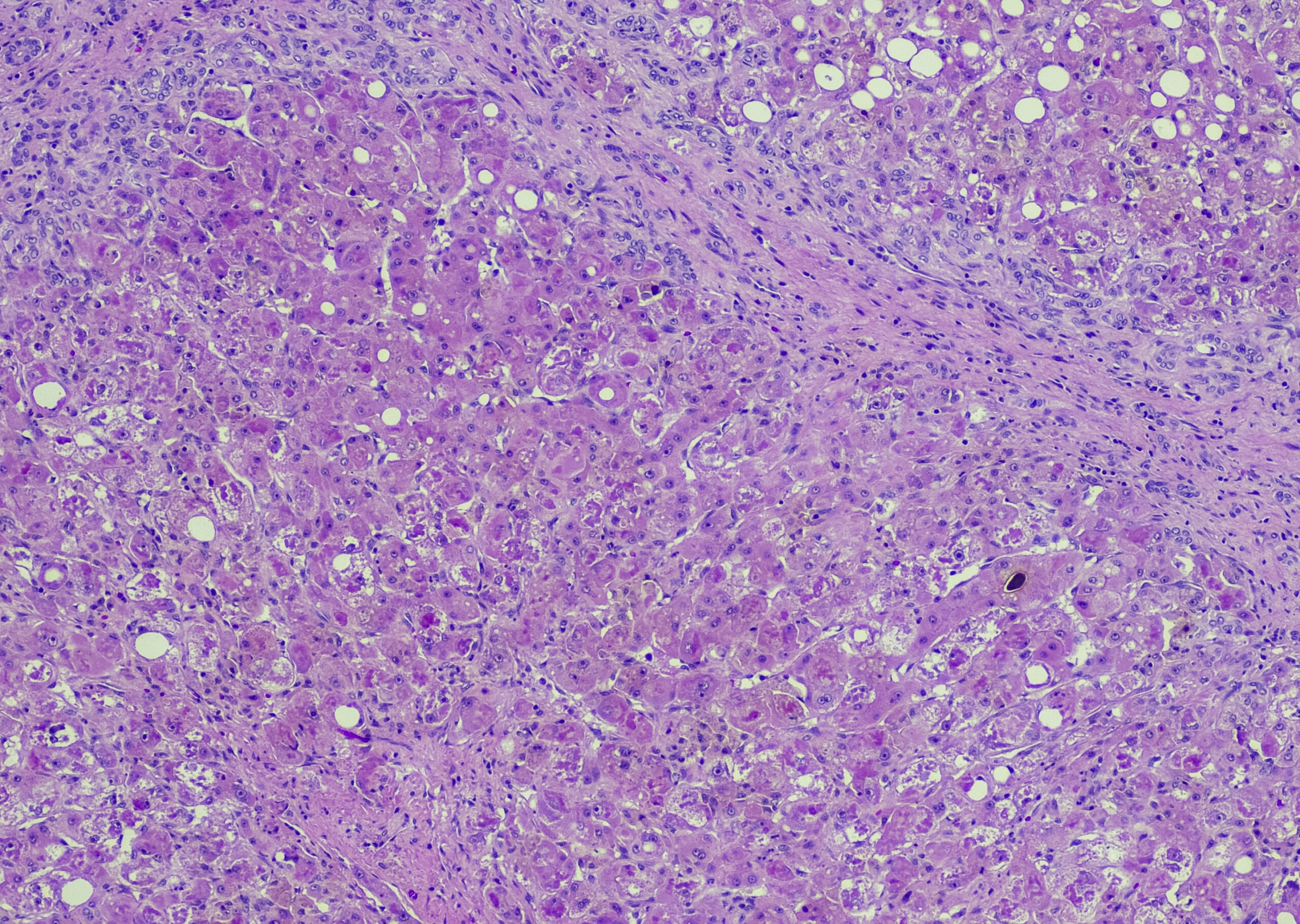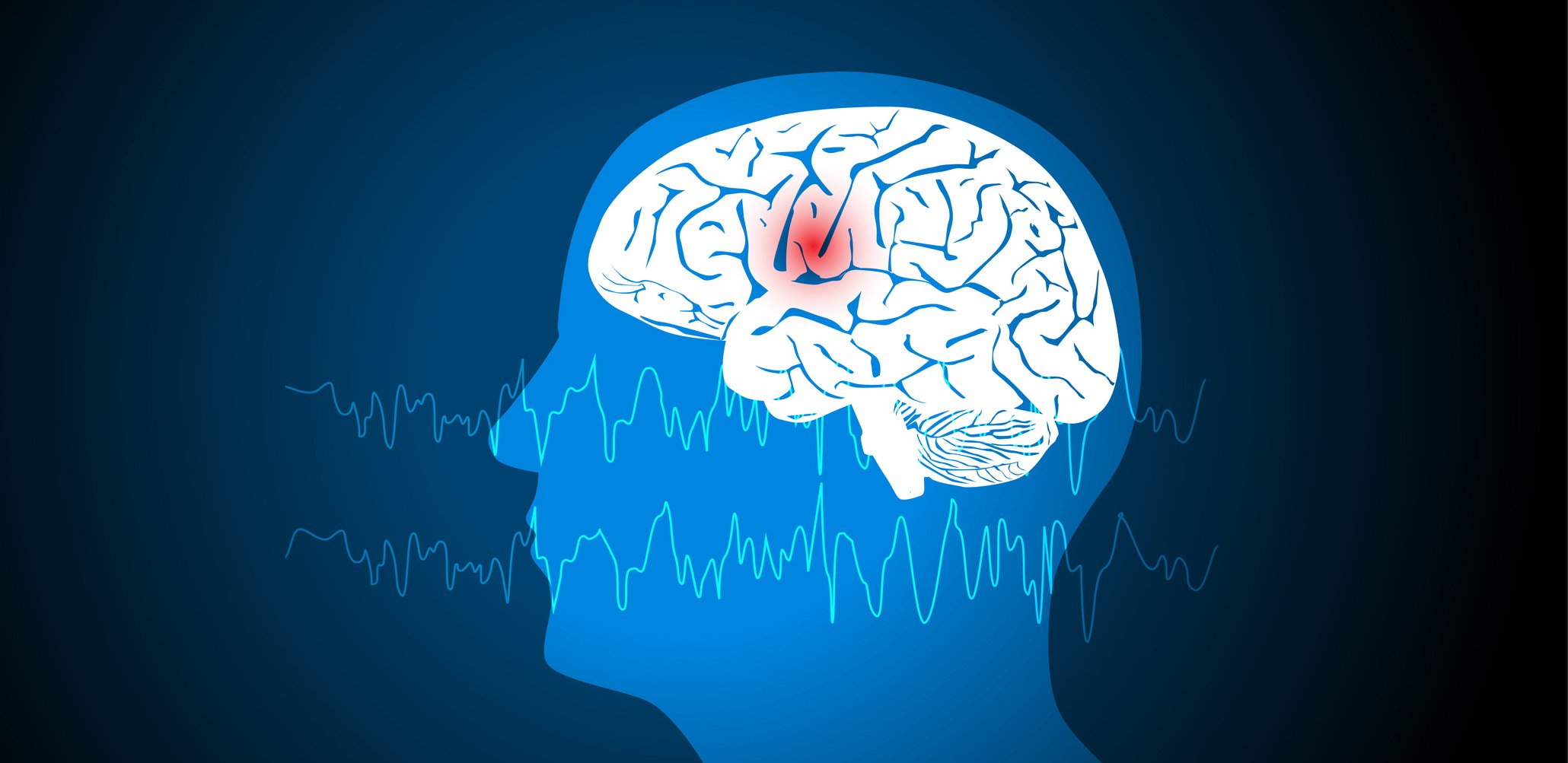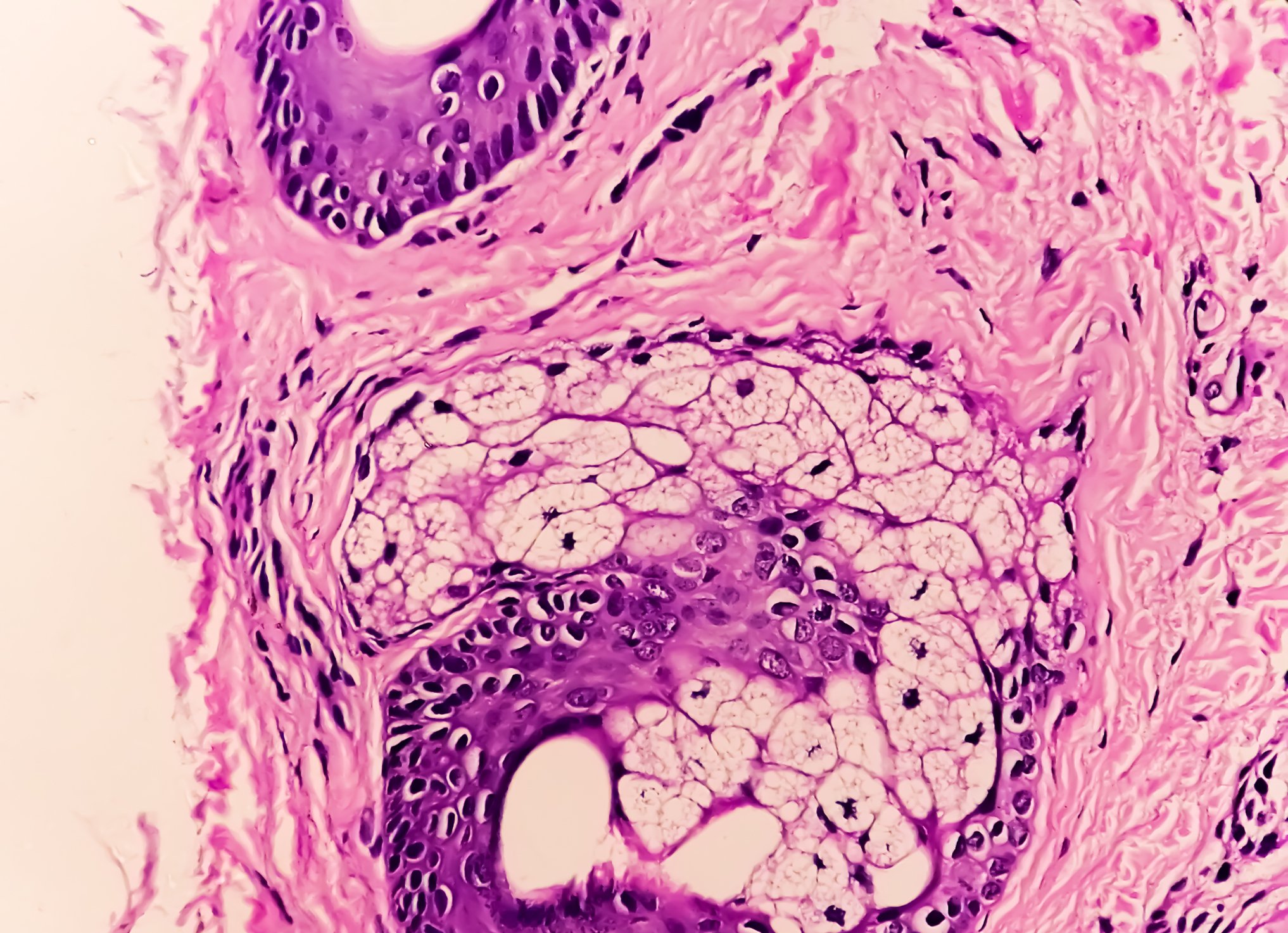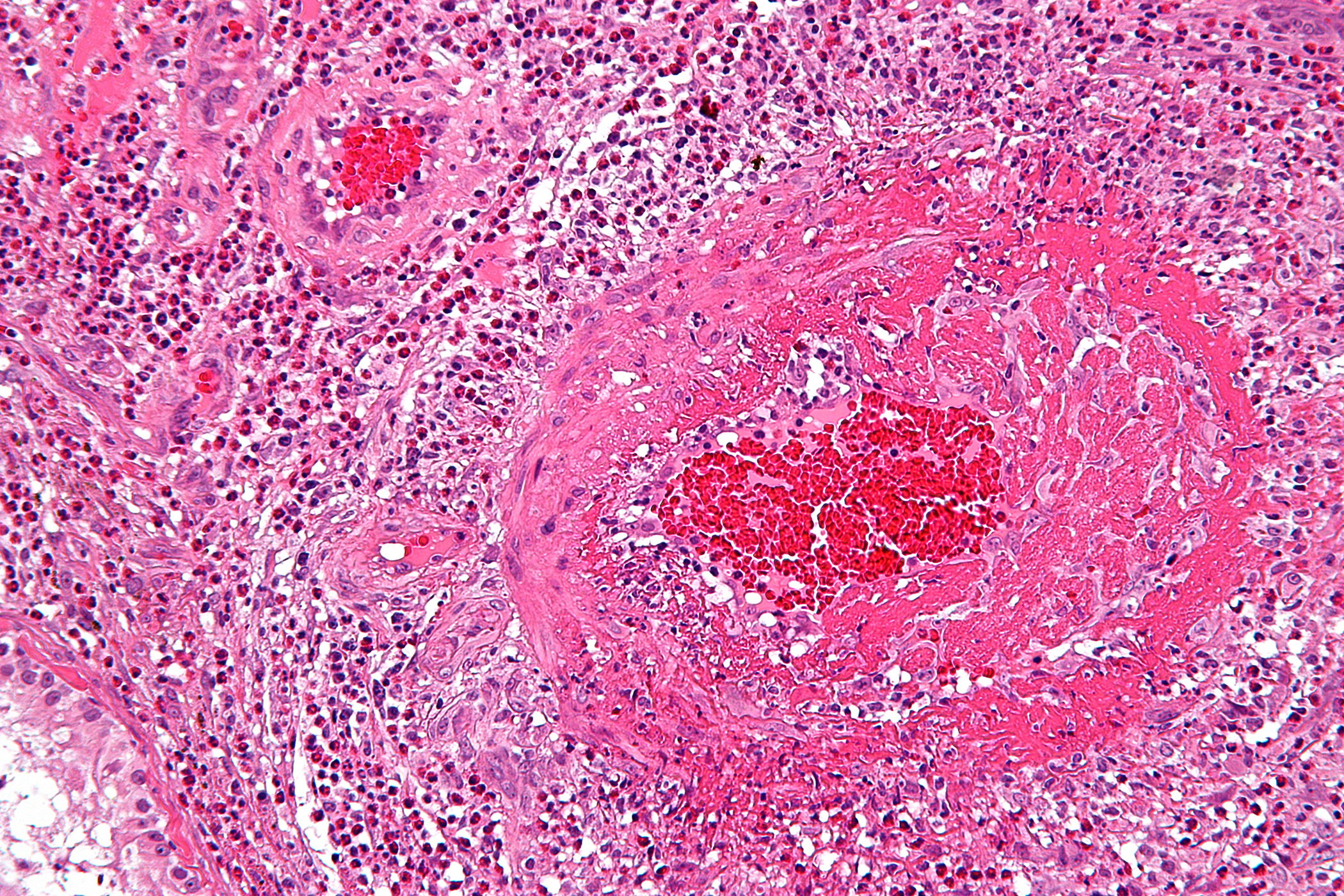Lower urinary tract symptoms (LUTS ) are common in middle-aged and older men and affect both the storage and flow of urine. In addition to established risk factors such as prostate enlargement and chronic inflammation, genetic influences and general physical condition – in particular sarcopenia – are now also coming into focus as decisive parameters when it comes to predicting the response to treatment. At the same time, current guidelines call for a structured, pre-therapeutic assessment in order to avoid diagnostic errors and unnecessary invasive procedures and instead tailor therapies to the individual patient.
Autoren
- Tanja Schliebe
Publikation
- Urologie-Special
Related Topics
You May Also Like
- Adherence in severe or poorly controlled asthma
Digital monitoring with potential for greater treatment adherence
- Crohn's disease and depression
Significant psychological stress for CD patients
- Epilepsy
Cannabidiol for refractory epilepsy syndromes
- Stomach cancer and Helicobacter pylori
A question of income?
- Prurigo nodularis and AD
Effective itch relief through inhibition of the IL-31 signaling pathway
- Cutaneous Crohn's disease
Effective alternative to TNF inhibitors
- Palliative care symptom and needs assessment.
What screening tools are helpful?
- Benralizumab in a patient with asthma and EGPA











